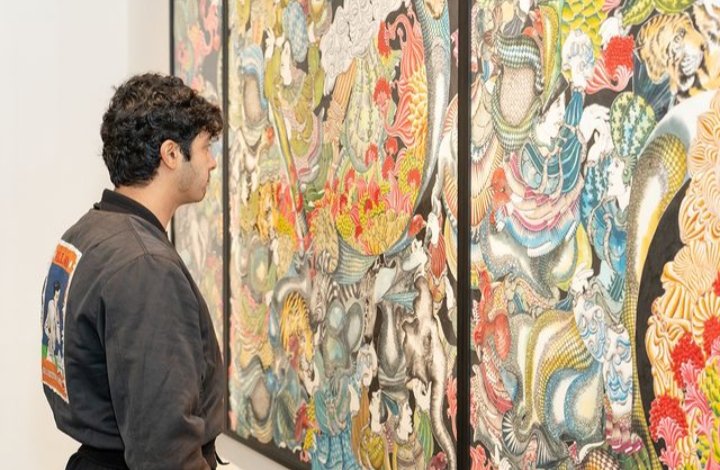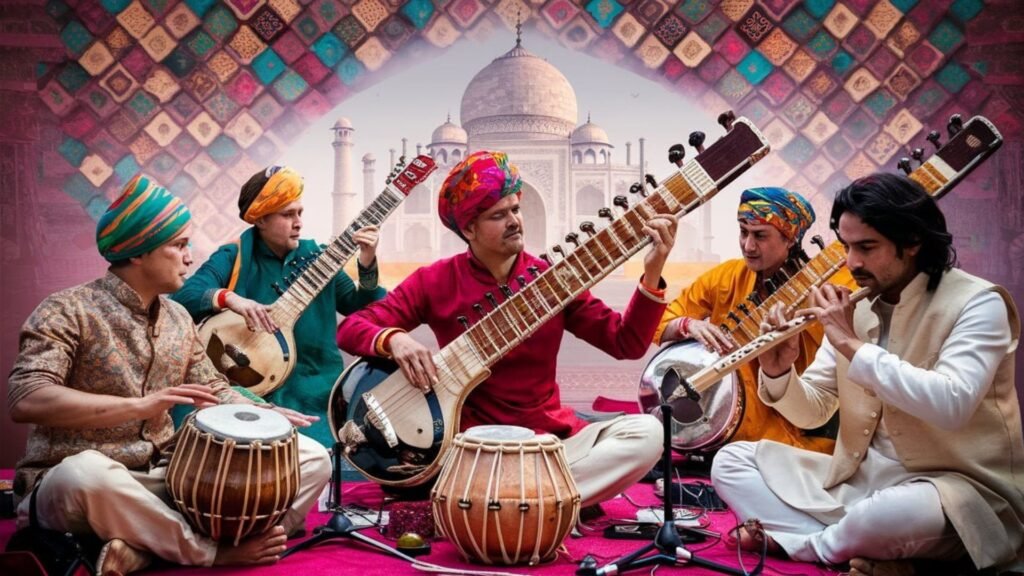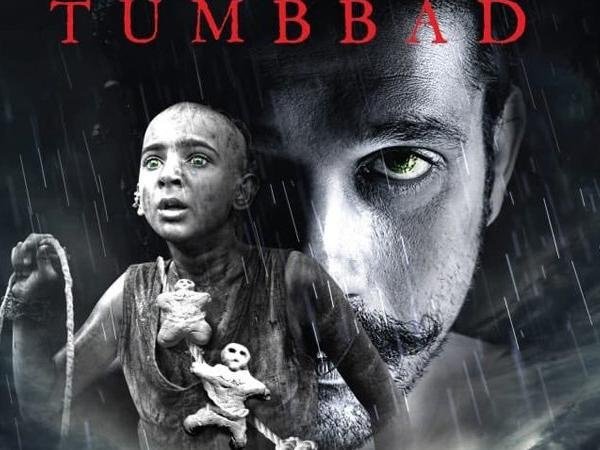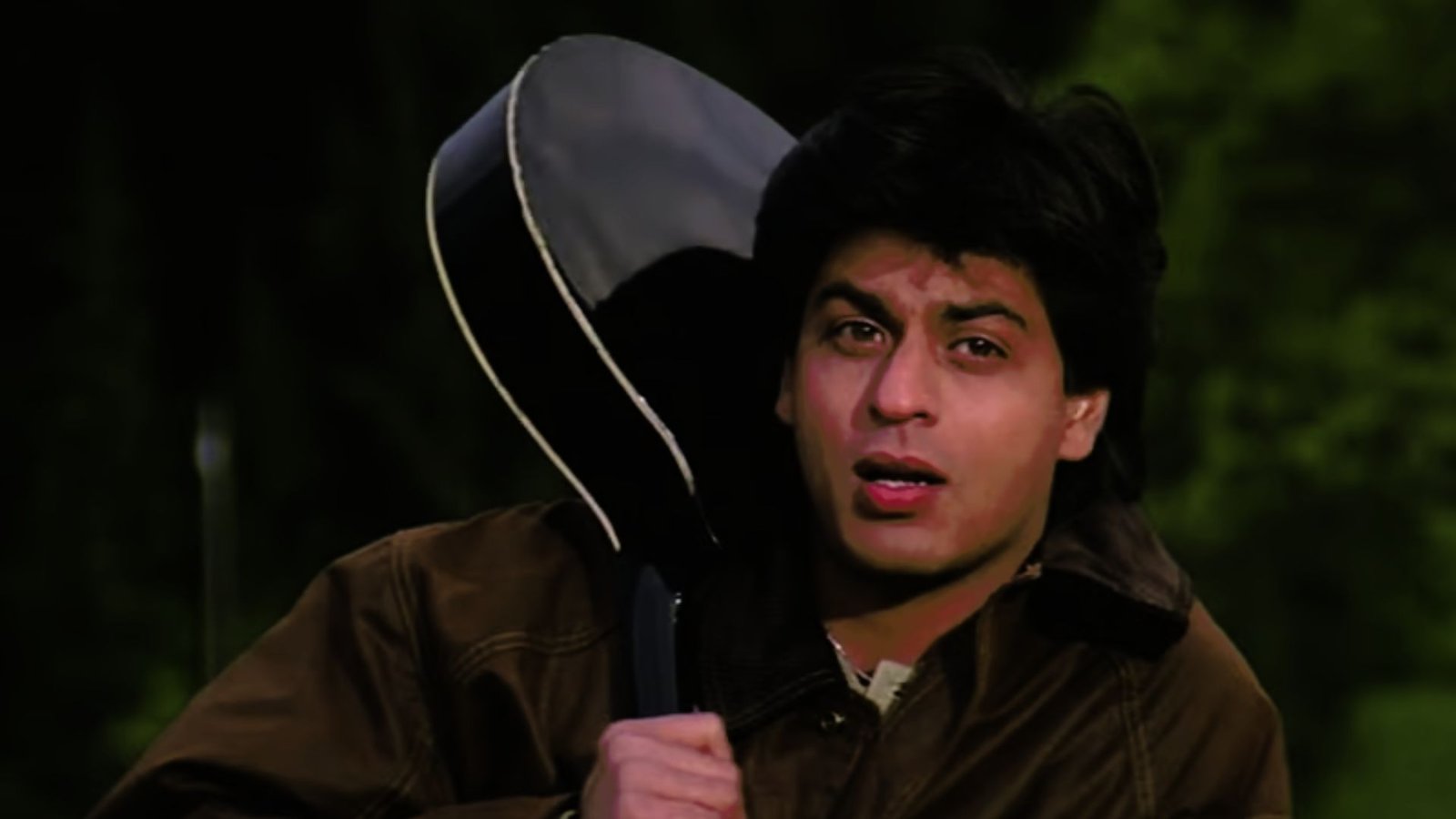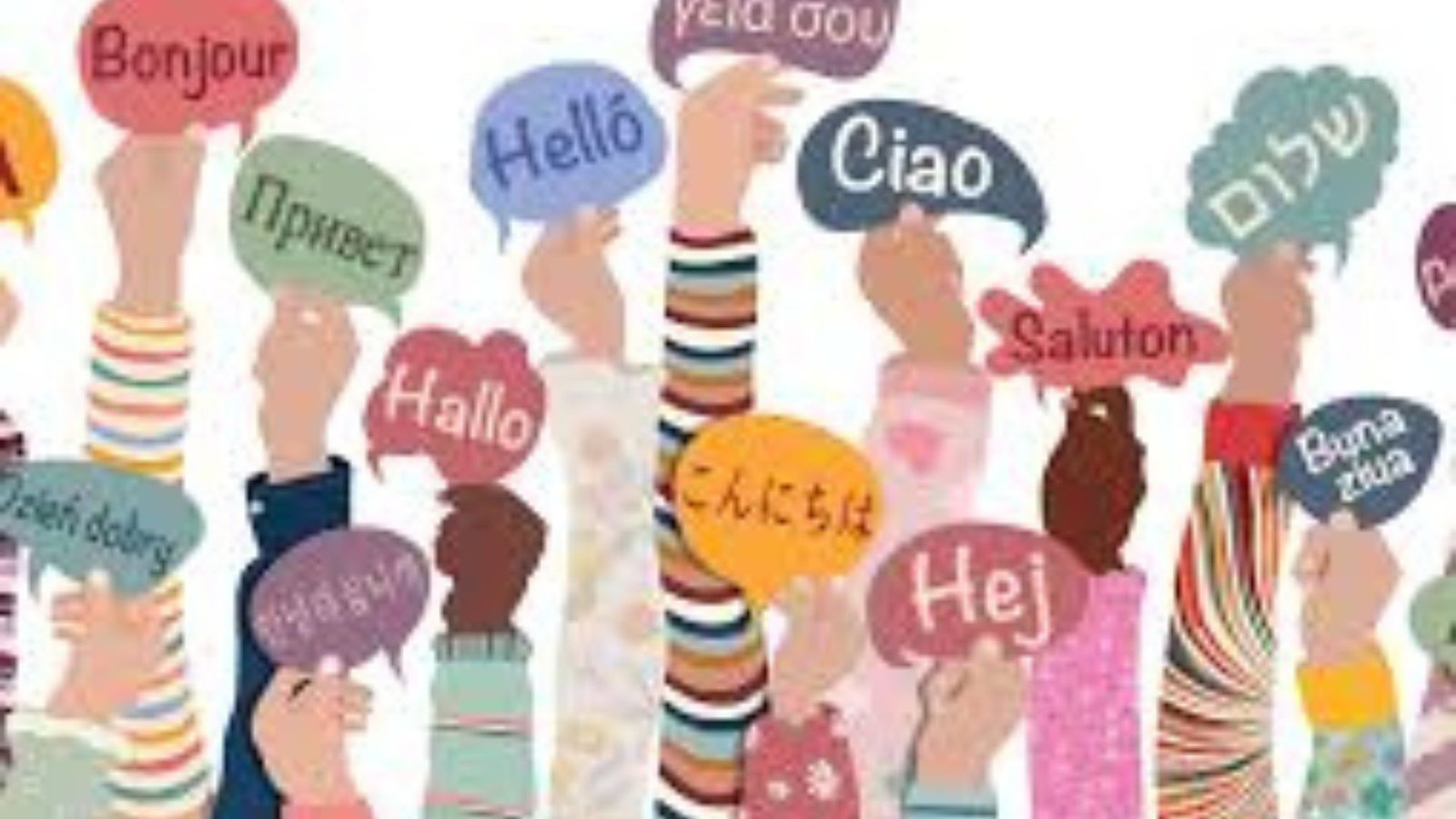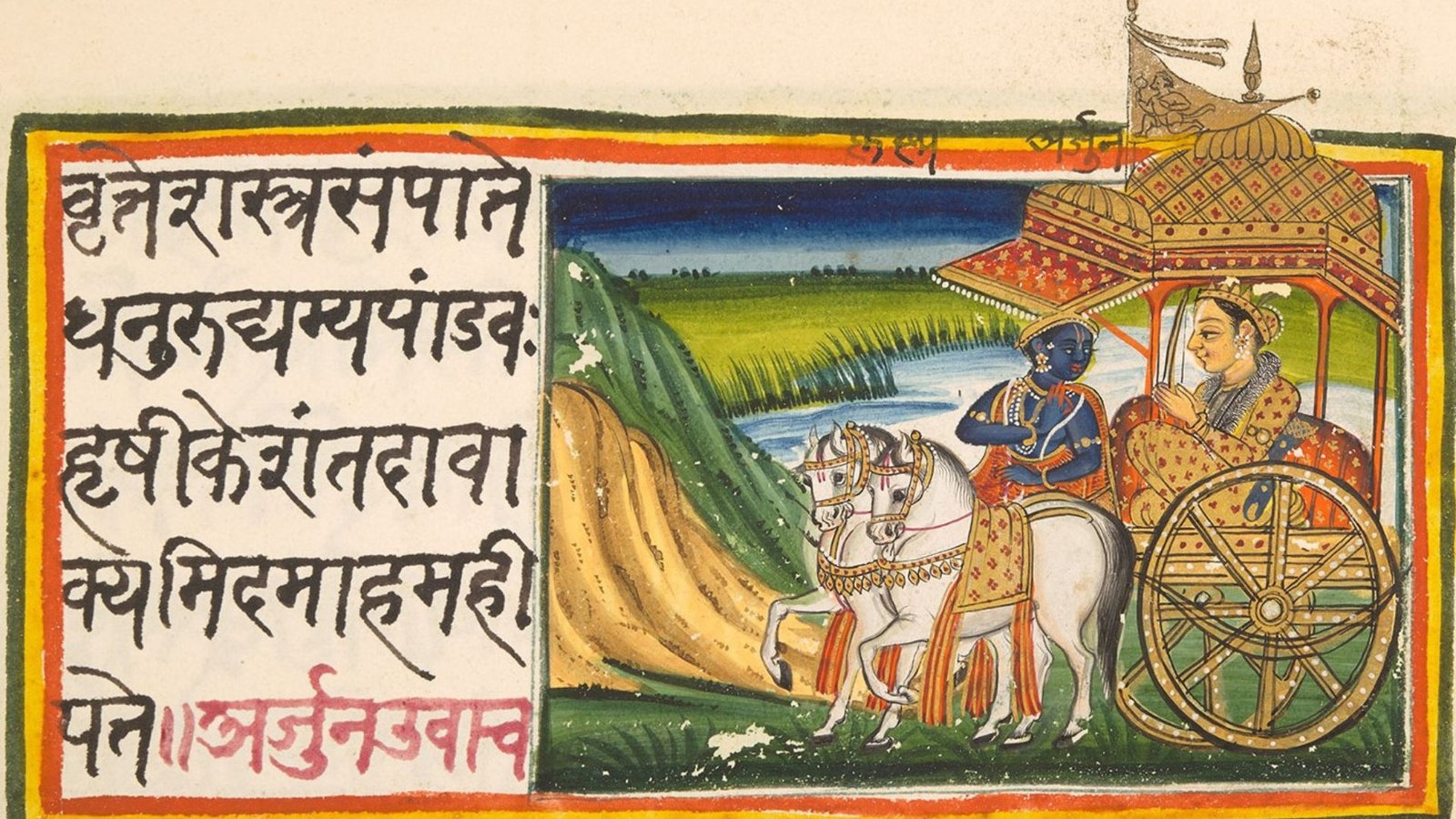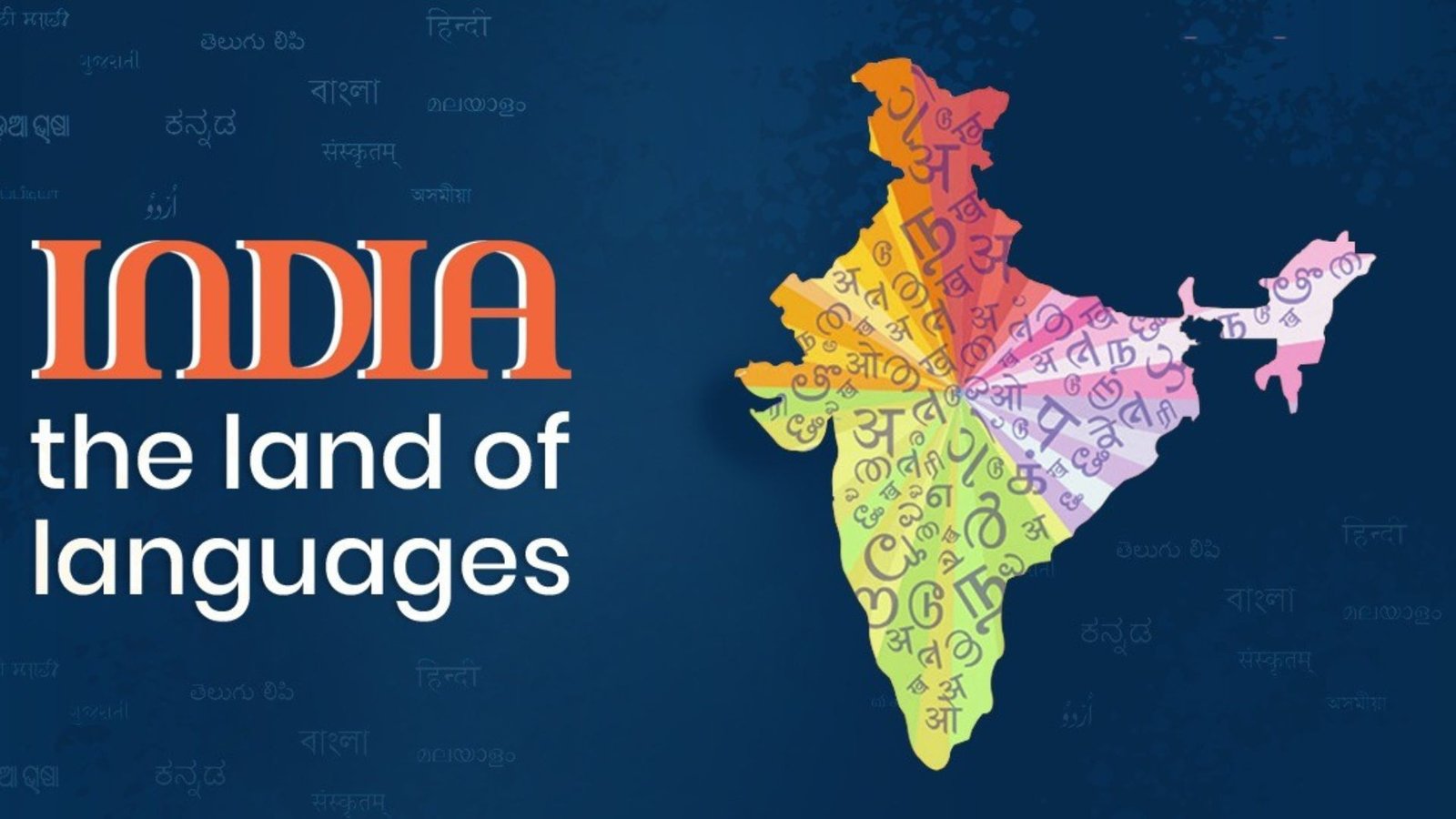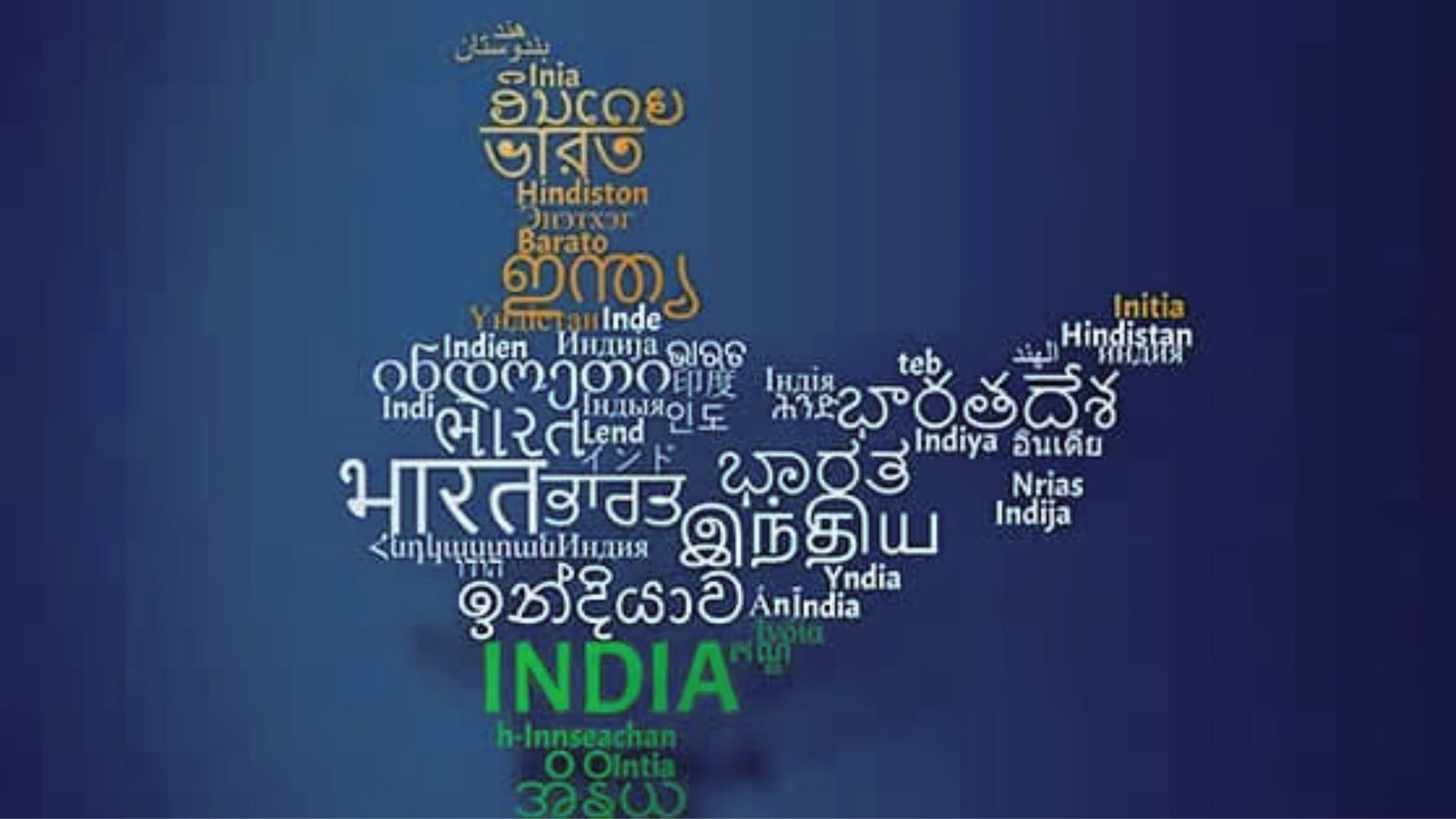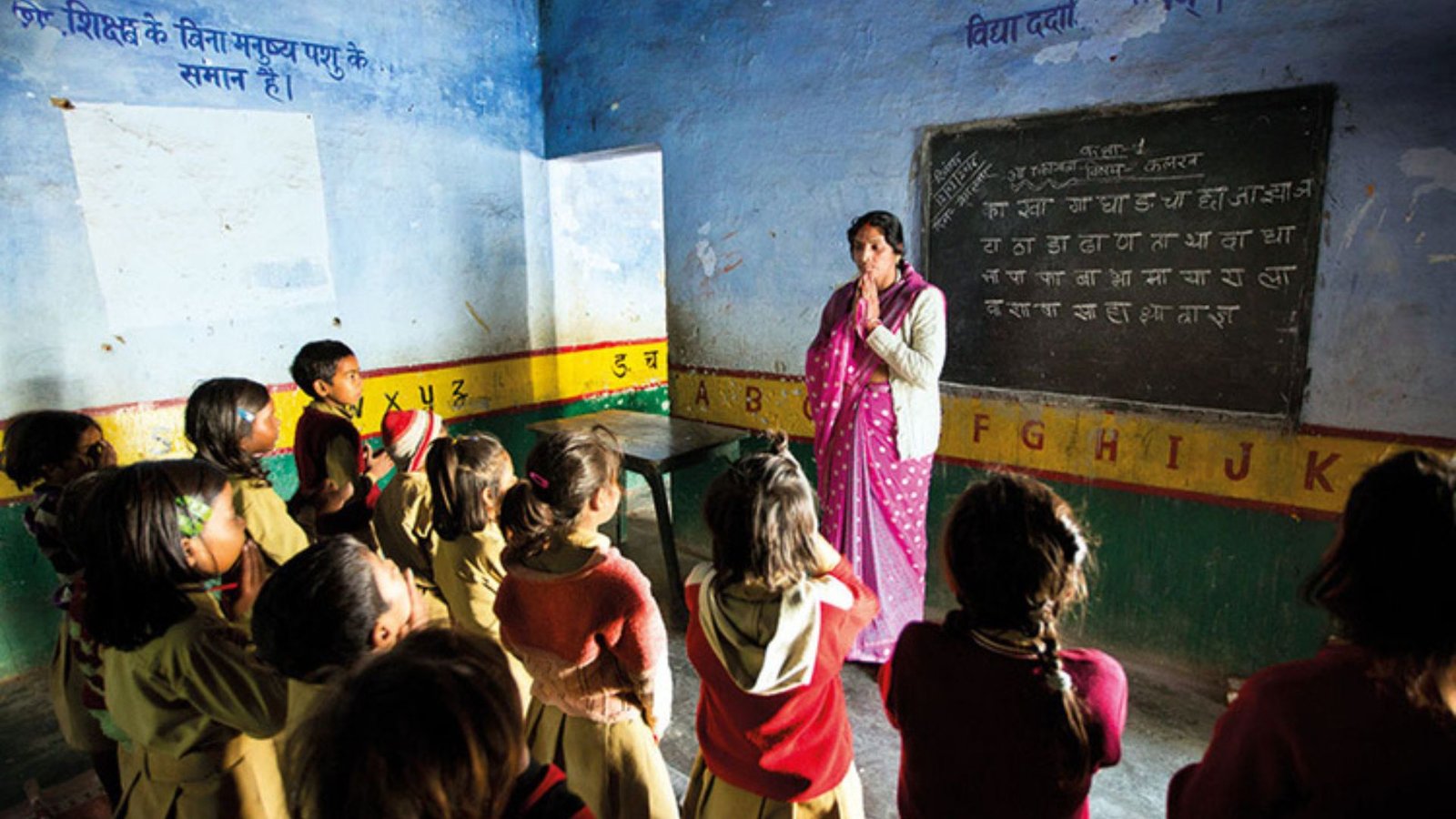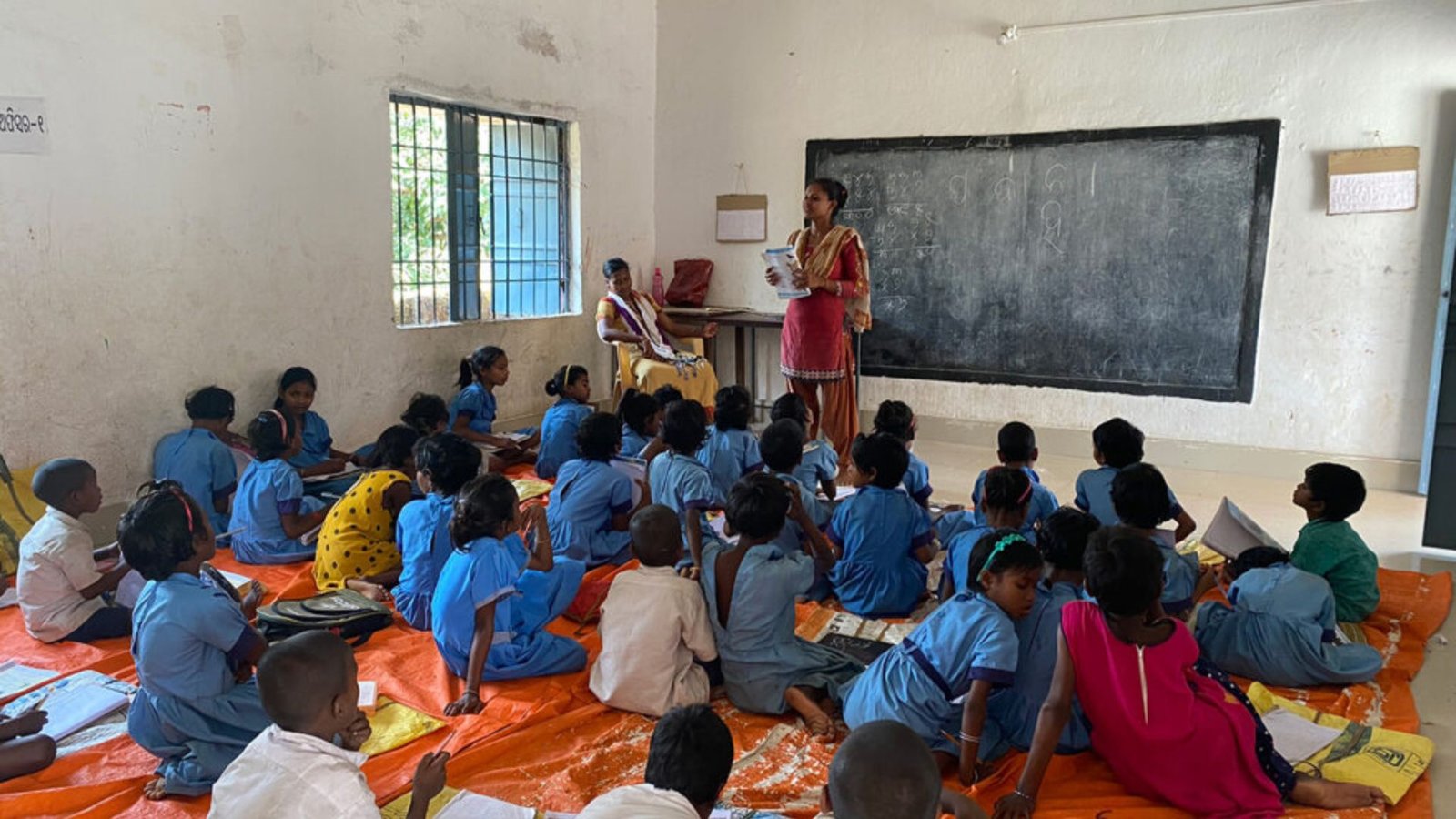Best Practices for Collecting Indian Art
Collecting Indian art can be an enriching and rewarding experience, offering a window into a diverse and ancient cultural heritage. Whether you’re an experienced collector or new to the world of Indian art, adhering to best practices can enhance your collection and ensure you make informed and thoughtful purchases. Here’s a comprehensive guide to help you navigate the process of collecting Indian art.
Understanding Indian Art: A Foundation for Collecting
Before you dive into collecting, it’s essential to have a solid understanding of Indian art. Indian art encompasses a wide range of styles, techniques, and historical periods, from ancient sculptures and traditional paintings to contemporary works.
1. Research the Art Forms
Begin by researching the various forms of Indian art. This includes classical painting styles like Madhubani and Warli, ancient sculptures, and modern abstract art. Familiarize yourself with key artists, historical contexts, and regional variations.
Tip: Visit museums, read books, and explore online resources to gain a broad knowledge base.
2. Identify Your Interests
Identify the specific types of Indian art that resonate with you. Are you drawn to traditional religious art, contemporary pieces, or perhaps regional folk art? Narrowing your focus will help you build a cohesive collection and make more informed decisions.

Discover the Best Casino Games Online
Whether you’re a casual player or a seasoned gamer, casino games provide endless entertainment and exciting opportunities to win big right from your device.
Building Your Collection: Practical Steps
With a foundation in place, you can start the process of building your collection. Follow these steps to ensure you’re making thoughtful and strategic choices.
1. Set a Budget
Before purchasing any artwork, set a clear budget. Indian art spans a wide range of prices, and having a budget helps you narrow your options and avoid overspending. Be realistic about what you can afford and stick to your financial limits.
Tip: Consider costs beyond the purchase price, such as framing, insurance, and maintenance.
2. Source Reputable Dealers and Galleries
Finding reputable dealers and galleries is crucial. Look for established institutions and dealers with a proven track record in Indian art. They should provide authenticity certificates and detailed provenance for each piece.
Tip: Attend art fairs and exhibitions to connect with reputable sellers and gain exposure to a wide range of artworks.
3. Verify Authenticity and Provenance
Always verify the authenticity and provenance of any artwork before buying. Authenticity certificates and provenance documents are essential for confirming the artwork’s legitimacy and history. This helps avoid counterfeit pieces and ensures you’re investing in genuine art.
Tip: Seek advice from experts or appraisers if you’re unsure about an artwork’s authenticity.
Caring for Your Collection: Preservation and Maintenance
Proper care and maintenance are vital to preserving the value and condition of your Indian art collection. Follow these best practices to keep your artwork in excellent shape.
1. Proper Display and Storage
Display and store your artwork appropriately to prevent damage. Avoid direct sunlight, excessive humidity, and extreme temperatures. Use UV-protective glass for paintings and ensure sculptures are placed in stable environments.
Tip: Consult conservation experts for specific recommendations based on the type of art you collect.
2. Regular Cleaning and Maintenance
Regular cleaning and maintenance are important to keep your art in pristine condition. Use appropriate cleaning materials and techniques to avoid damaging the artwork. For valuable or delicate pieces, consider professional conservation services.
Tip: Document the condition of your artwork and keep records of any conservation work performed.
Expanding Your Knowledge: Continuous Learning
Collecting Indian art is not just about acquiring pieces but also about continuous learning. Stay updated on trends, attend workshops, and engage with the art community to enhance your understanding and appreciation.
1. Engage with the Art Community
Join art clubs, attend gallery openings, and participate in discussions about Indian art. Engaging with fellow collectors and experts can provide valuable insights and expand your network.
Tip: Follow art publications and online forums to stay informed about new developments and opportunities in Indian art.
2. Explore Emerging Artists
Don’t limit your collection to established artists. Explore emerging talents and new trends in Indian art. This not only diversifies your collection but also supports the growth of contemporary art scenes.
Tip: Visit artist studios and smaller galleries to discover fresh and innovative works.
Conclusion
Collecting Indian art is a journey that blends passion with knowledge. By understanding the diverse forms of Indian art, setting a clear budget, working with reputable dealers, and ensuring proper care, you can build a meaningful and valuable collection. Continuous learning and engagement with the art community will further enrich your experience, allowing you to appreciate and contribute to the vibrant world of Indian art. Whether you’re drawn to historical masterpieces or contemporary creations, following these best practices will help you make informed decisions and enjoy the beauty and significance of Indian art for years to come.


